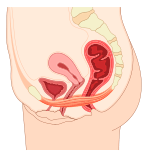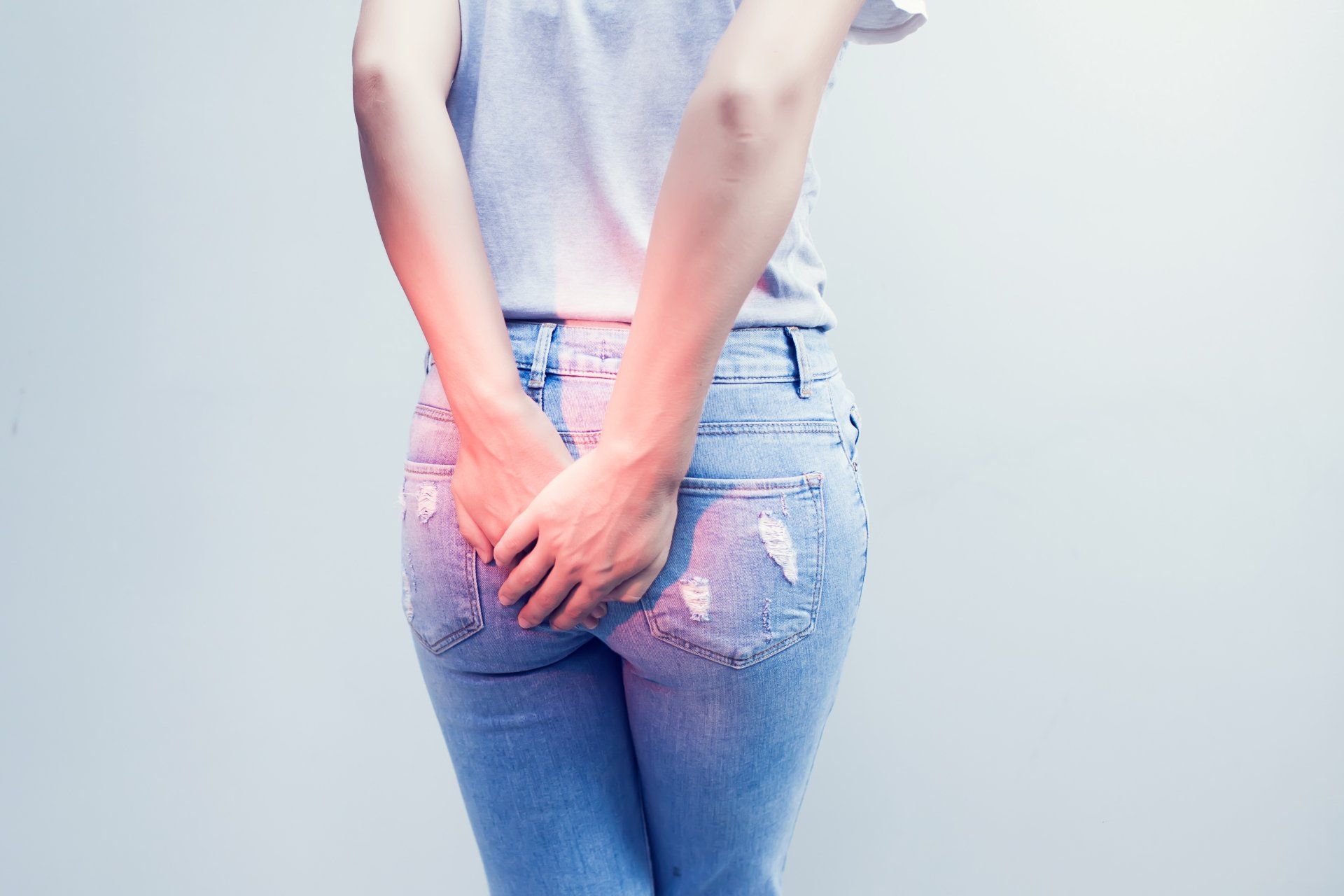Do you strain or push to do a poo?
Do you feel like you don't empty your bowels properly when you poo or feel a sense of not being empty?
Are you having less than 3 poos per week?
Do you get a regular urge to poo?
Have you got haemorrhoids, fissures or pain when pooing?
Are you wiping more than 3-4 times after you poo to get clean?
Do experience sudden urges to poo and find that you have difficulty holding your poo in?
Are you finding smearing or leaking of poo in your underwear?
What can cause bowel concerns?
Childbirth and pregnancy
Pelvic floor and anal sphincter trauma related to childbirth and surgery
Pelvic floor muscle issues (weakness/too tight)
Constipation
Prolapse of the pelvic organs
Menopause
Chron's and Ulcerative Colitis
Irritable Bowel Syndrome (IBS)
Diet and lifestyle factors
How can my Physiotherapy services help you?
Physiotherapy can help your bowel problems, for most women I am able to restore your full bowel control or provide you with a substantial improvement in your quality of life.
I will provide you with an individualised assessment and treatment plan for your bowel issue.
Treatment may include:
- Pelvic floor muscle training
- Advice and education on your bowel habits
- Bowel retraining
- TENS
- Rectal balloon therapy (biofeedback)





